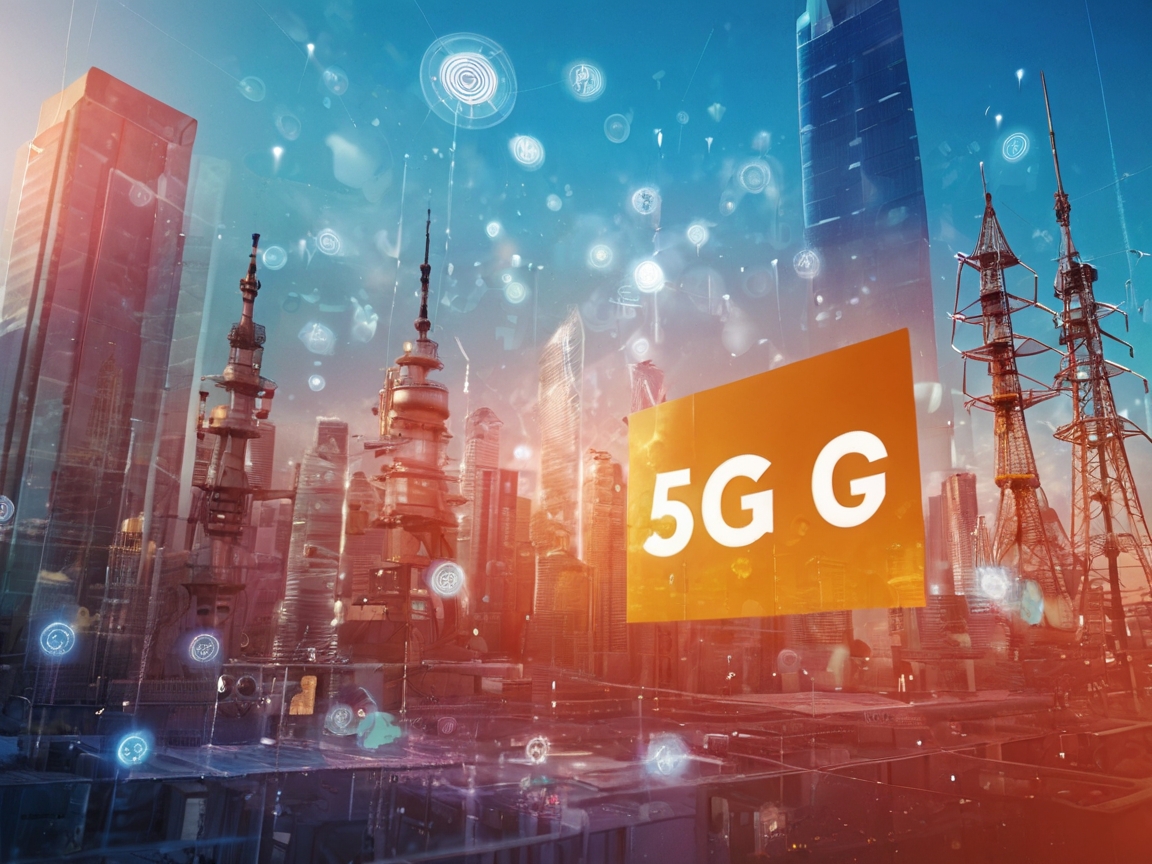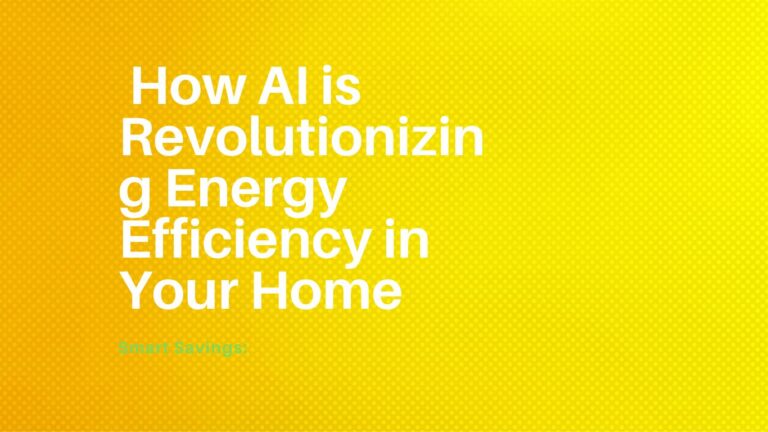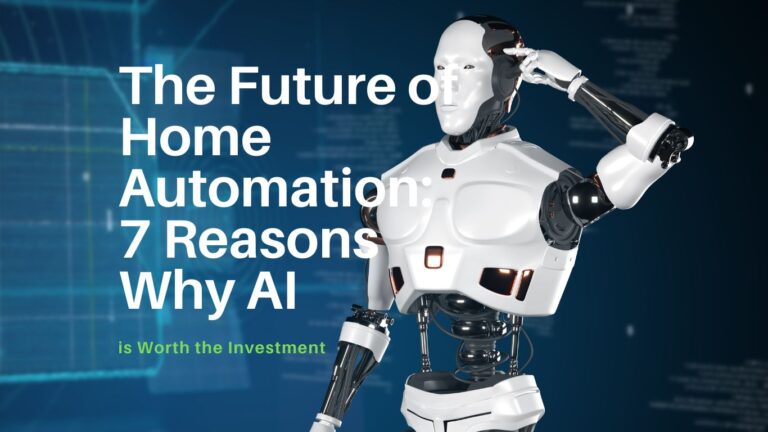The 5G Revolution: How Faster Connectivity Enhances Our Daily Routines
As technology continues to evolve, the introduction of 5G networks marks a significant leap in how we connect, communicate, and live our daily lives.
With promises of higher speeds, lower latency, and greater capacity, 5G is poised to revolutionize our routines in ways we are just beginning to understand.
In this article, we will explore how 5G technology enhances various aspects of our daily lives, from communication and smart homes to transportation and entertainment. By examining these impacts, we can gain a clearer understanding of the benefits and challenges associated with this exciting technological advancement.
Understanding 5G Technology
5G, or fifth-generation wireless technology, represents the latest advancement in mobile networks, offering several key features that differentiate it from its predecessors.
A. Definition of 5G and Its Key Features
- Higher Speeds: One of the most significant advantages of 5G is its ability to deliver data at unprecedented speeds. While 4G networks typically offer speeds up to 100 Mbps, 5G can theoretically reach speeds of up to 10 Gbps. This dramatic increase means that downloading large files, streaming high-definition content, and sharing data become almost instantaneous experiences.
- Lower Latency: Latency refers to the delay between sending a request and receiving a response. With 5G, latency can be reduced to as low as 1 millisecond, compared to about 30-50 milliseconds for 4G networks. This rapid response time is crucial for applications that require real-time feedback, such as online gaming, remote surgeries, and autonomous vehicles.
- Increased Capacity: 5G networks can support a significantly higher number of connected devices per square kilometer than 4G. This increased capacity is vital in densely populated areas, enabling more devices to communicate simultaneously without degrading service quality.
B. Comparison with Previous Generations (4G, 3G)
While 4G revolutionized mobile internet access, enabling widespread use of smartphones and mobile applications, 5G takes this to another level. 3G was primarily focused on improving data speeds for basic internet access, whereas 4G enhanced video streaming and social media experiences. In contrast, 5G is not just about speed; it enables new technologies and services that were previously unimaginable, creating a robust foundation for the Internet of Things (IoT), smart cities, and more.
Impact of 5G on Daily Routines
The implications of 5G on our daily lives are vast and multifaceted. Here are some key areas where 5G is making a noticeable impact:
A. Enhanced Communication
- Instant Messaging and Video Calls: With 5G, communication tools become more efficient. Instant messaging apps will operate seamlessly, allowing users to send large files and images without delays. Video calls will also benefit, enabling high-definition, lag-free conversations that make remote interactions feel more personal and engaging.
- Virtual Meetings and Remote Work: As remote work becomes increasingly common, 5G supports smoother virtual meetings and collaboration. High-speed connections ensure that presentations load quickly and video feeds remain stable, facilitating effective teamwork across distances. This capability is particularly valuable for businesses, enhancing productivity and reducing the need for in-person meetings.
B. Smart Home Integration
- IoT Devices and Their Improved Functionality: The rise of smart home technology is closely tied to the capabilities of 5G. With the ability to connect multiple IoT devices simultaneously, homeowners can enjoy seamless automation. For example, smart thermostats, lighting systems, and security cameras can communicate with each other in real-time, optimizing energy usage and enhancing security without the delays often seen in 4G networks.
- Real-Time Monitoring and Control: 5G enables real-time monitoring of home systems, allowing homeowners to manage their environment efficiently. From adjusting the thermostat while away to receiving alerts from security cameras, the possibilities for remote home management are endless. This level of control not only improves convenience but also promotes energy efficiency and safety.
C. Health and Fitness
- Telehealth Services and Remote Patient Monitoring: The healthcare industry is poised for transformation with 5G. Telehealth services will become more effective, enabling healthcare professionals to conduct virtual consultations with minimal lag. Additionally, remote patient monitoring devices can transmit data in real-time, allowing doctors to track patients’ health metrics continuously. This capability is particularly beneficial for managing chronic conditions and improving patient outcomes.
- Wearable Technology and Health Tracking: Wearable fitness devices will benefit from 5G connectivity, providing users with immediate access to health data and analytics. For example, runners can receive real-time feedback on their performance and health metrics, helping them make informed decisions during their workouts. This data-driven approach to fitness enhances user experiences and motivates healthier lifestyles.
D. Transportation and Commuting
- Real-Time Traffic Updates and Navigation: 5G networks can facilitate real-time traffic updates, helping commuters avoid congested routes. Navigation apps will operate more efficiently, providing accurate information about road conditions and travel times. This feature not only saves time but also reduces frustration during daily commutes.
- Smart Public Transport Systems: Public transportation systems will become more efficient with 5G. Buses and trains can communicate with riders in real time, providing updates on arrival times and delays. Additionally, smart ticketing solutions will streamline the payment process, making public transport more user-friendly and accessible.
E. Entertainment and Media Consumption
- Streaming High-Definition Content Without Buffering: With the enhanced speeds of 5G, streaming services can deliver high-definition and even 4K content without buffering issues. This improvement enhances the overall viewing experience, allowing users to enjoy their favorite movies and shows with minimal interruptions.
- Gaming Experiences and Augmented/Virtual Reality: The gaming industry stands to benefit significantly from 5G technology. Players will enjoy ultra-responsive gameplay with minimal lag, making multiplayer experiences smoother. Furthermore, augmented reality (AR) and virtual reality (VR) applications will flourish, offering immersive experiences that were previously hindered by slow internet speeds.
Challenges and Considerations
While the benefits of 5G are clear, it is essential to consider the challenges and potential drawbacks of widespread adoption:
A. Infrastructure Requirements for 5G Deployment
Deploying 5G networks requires substantial investment in infrastructure. The technology necessitates a denser network of cell towers and antennas to provide the coverage needed for high-speed connectivity. This process can be time-consuming and costly, particularly in rural areas where infrastructure may already be lacking.
B. Privacy and Security Concerns with Increased Connectivity
With increased connectivity comes heightened concerns about privacy and security. More devices connected to the internet can create more entry points for cyberattacks, making it crucial for companies to prioritize security measures. Users will also need to be more vigilant about their data privacy as their homes and lives become increasingly interconnected.
C. The Digital Divide: Accessibility Issues for Underserved Communities
Despite the promises of 5G, there is a risk of exacerbating the digital divide. Underserved communities may struggle to access the necessary infrastructure, leaving them behind in the digital revolution. Policymakers and industry leaders must work together to ensure equitable access to 5G technology, promoting inclusivity and bridging the gap.
Future Implications
As we look to the future, the implications of 5G technology are both exciting and uncertain:
A. Predictions for the Evolution of 5G Technology
Experts predict that 5G will continue to evolve, with advancements in speed and capacity paving the way for new applications. Innovations in areas such as artificial intelligence and machine learning will leverage 5G connectivity to enhance user experiences and drive efficiency.
B. How 5G Will Shape Future Innovations and Lifestyles
The ongoing development of 5G technology is expected to foster innovation across various sectors, including transportation, healthcare, and entertainment. As businesses adapt to these advancements, our lifestyles will shift, prioritizing connectivity and convenience in ways we have yet to imagine.
C. The Role of 5G in Sustainable Development and Smart Cities
5G technology will play a vital role in creating sustainable smart cities. By facilitating efficient resource management, real-time data analytics, and improved public services, 5G can help cities become more responsive to the needs of their residents. This shift toward sustainability is critical in addressing global challenges, including climate change and urbanization.
Conclusion
The 5G revolution is set to enhance our daily lives in profound ways, from improving communication and smart home integration to transforming healthcare and entertainment. While challenges remain, the benefits of 5G are clear, offering a glimpse into a future where connectivity drives innovation and efficiency.
As we embrace this new technology, it is essential to prioritize accessibility and security, ensuring that the advantages of 5G are felt by all. The ongoing 5G revolution promises to reshape our routines and experiences, paving the way for a more connected and convenient world.



